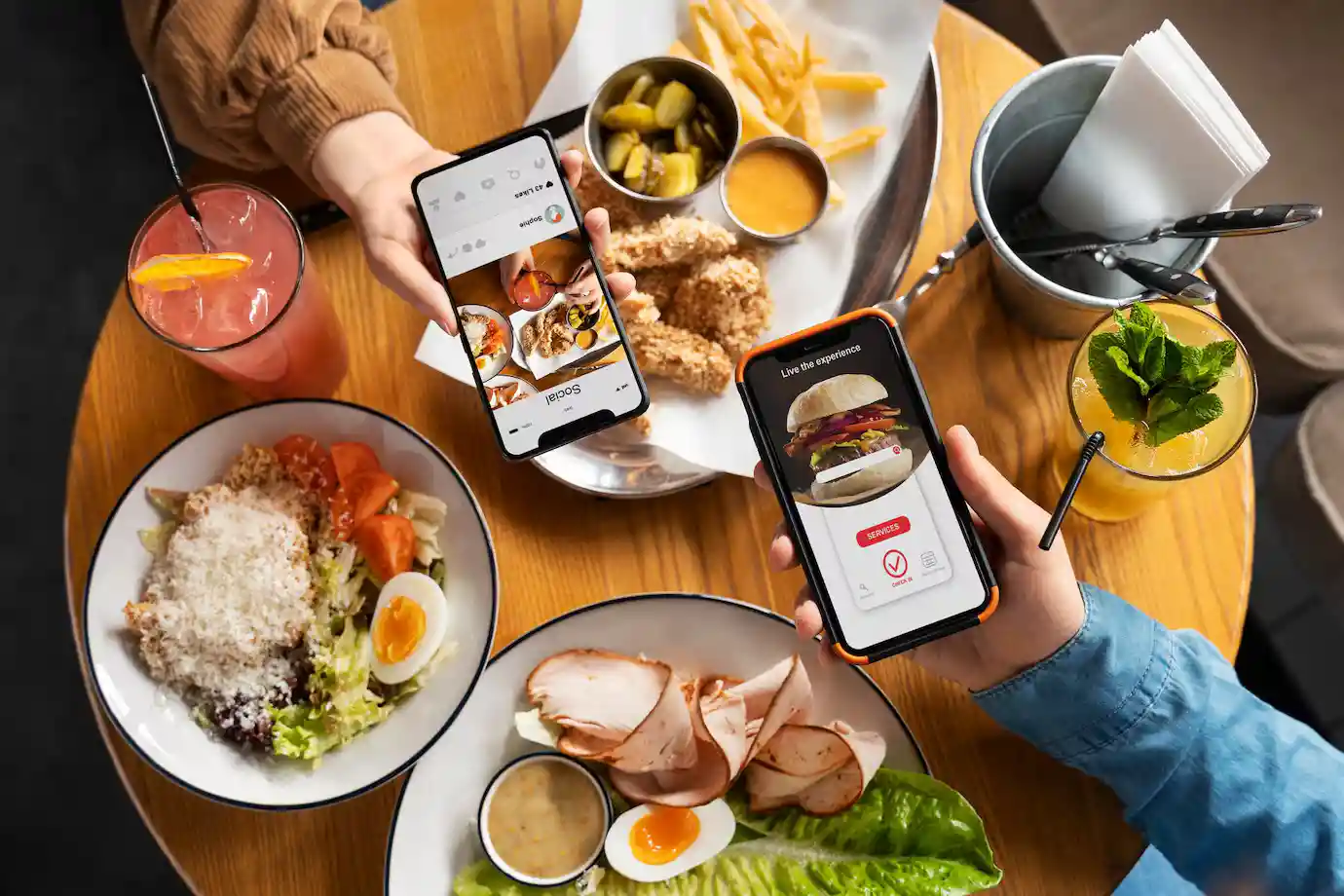Ultimate Guide to SEO for Food and Beverage Businesses

Ultimate Guide to SEO for Food and Beverage Businesses
In the competitive landscape of the food and beverage industry, standing out online is crucial. Effective SEO strategies help businesses improve visibility, attract more customers, and boost sales. This comprehensive guide will delve deep into essential techniques for optimizing your food and beverage website for search engines.
Understanding the Importance of SEO in the Food and Beverage Industry
The food and beverage sector thrives on consumer trends, reviews, and local searches. With millions of potential customers searching for products online, leveraging SEO allows your business to capture this interest. From enhancing brand visibility to driving traffic and conversions, SEO is indispensable for success in this sector.
Keyword Research for Food and Beverage SEO
The foundation of any successful SEO strategy lies in thorough keyword research. Focus on finding keywords that align with user intent, target local searches, and capture seasonal trends.
- Long-Tail Keywords: Use specific long-tail keywords such as “best organic coffee near me” or “gluten-free bakery in [Your City]” to attract niche audiences.
- Product-Specific Keywords: Incorporate terms like “vegan protein powder,” “craft beer,” or “artisan chocolate” to rank for product-specific queries.
- Geo-Targeting Keywords: For local SEO, include keywords related to your location, like “Italian restaurant in [Your City]” or “catering services in [Your Area].
On-Page SEO Optimization Techniques
Optimizing your website's content and structure is essential for better rankings. Here’s how to enhance your on-page SEO:
Optimized Meta Tags
Craft compelling and keyword-rich meta titles and descriptions that accurately reflect the content on each page. For example, if you run a bakery, a good meta title might be "Best Artisan Bakery in [City] - Freshly Baked Goods Daily."
SEO-Friendly URLs
Ensure your URLs are clean and include primary keywords. For example, “yourwebsite.com/best-vegan-burgers” is more effective than “yourwebsite.com/product123.”
Content Quality and User Intent
Google prioritizes content that directly answers user queries. Structure your content to provide valuable insights, whether through recipes, food blogs, or product descriptions. Use headers (H1, H2, H3) strategically, and include relevant images with alt text.
Internal Linking Strategy
Link to related content within your site to guide users to more resources and keep them engaged. For example, from a blog post about “Healthy Snack Ideas,” link to a product page featuring those snacks.
Schema Markup
Implement structured data like recipe schema, review schema, or product schema to enhance your search result snippets. Rich results improve click-through rates significantly.
Local SEO for Food and Beverage Businesses
Local SEO is crucial for food and beverage businesses that rely on foot traffic and local customers. Key strategies include:
Google My Business Optimization
Ensure your Google My Business (GMB) profile is complete, accurate, and up-to-date. Regularly update your business hours, address, and phone number. Encourage satisfied customers to leave reviews.
Local Citations and Directory Listings
Get listed in local directories such as Yelp, TripAdvisor, and industry-specific platforms. Consistency in NAP (Name, Address, Phone) details across all listings is vital.
Localized Content Creation
Create content that resonates with your local audience. For instance, write blog posts about “Top [City] Farmers Markets” or “Seasonal Dishes Inspired by [Region].”
Technical SEO Best Practices
Technical SEO ensures that search engines can crawl, index, and understand your website’s content efficiently. Focus on the following areas:
Mobile Optimization
With most food-related searches happening on mobile, ensure your site is fully responsive and mobile-friendly. Fast loading times, easy navigation, and click-to-call buttons enhance user experience on mobile devices.
Site Speed and Core Web Vitals
Google emphasizes site speed as a ranking factor. Optimize images, leverage browser caching, and use a Content Delivery Network (CDN) to improve load times. Monitor Core Web Vitals to ensure a smooth user experience.
Secure and Accessible Website
Implement HTTPS to secure your site and ensure it’s accessible to all users, including those with disabilities. Use descriptive text for buttons and alt text for images to improve accessibility.
Content Marketing Strategies
Content marketing plays a critical role in SEO. Creating valuable, shareable content can boost your rankings and drive traffic:
Recipe Blogs and How-To Guides
Publishing detailed recipes, cooking tips, and food preparation guides is a proven way to engage users. These posts are highly shareable and can attract backlinks, improving domain authority.
Video Content
Produce short cooking videos, product reviews, or behind-the-scenes footage of your kitchen. Optimize videos for search by including transcripts, relevant tags, and descriptions.
Seasonal and Trend-Based Content
Capitalize on food trends and seasonal events by creating timely content. For example, publish content around “Best Holiday Desserts” or “Top Summer Cocktails” to attract seasonal traffic.
Building Backlinks and Domain Authority
Backlinks from reputable sites are a key ranking factor. Strategies for earning high-quality backlinks include:
Guest Blogging
Write guest posts for popular food and lifestyle blogs. Include a link back to your site in the author bio or within the content where relevant.
Collaborations and Partnerships
Partner with influencers, chefs, or local businesses for joint campaigns or features. Collaborative content often generates more visibility and shared backlinks.
PR and Media Features
Get featured in industry magazines, newspapers, or TV segments by pitching unique stories or participating in local events. Media mentions often come with high-authority backlinks.
Implementing these SEO strategies can significantly boost your online presence in the food and beverage industry. From keyword research to content creation and technical optimization, each aspect plays a vital role in enhancing your rankings. Stay consistent, monitor your progress, and keep refining your approach as search engine algorithms evolve.






